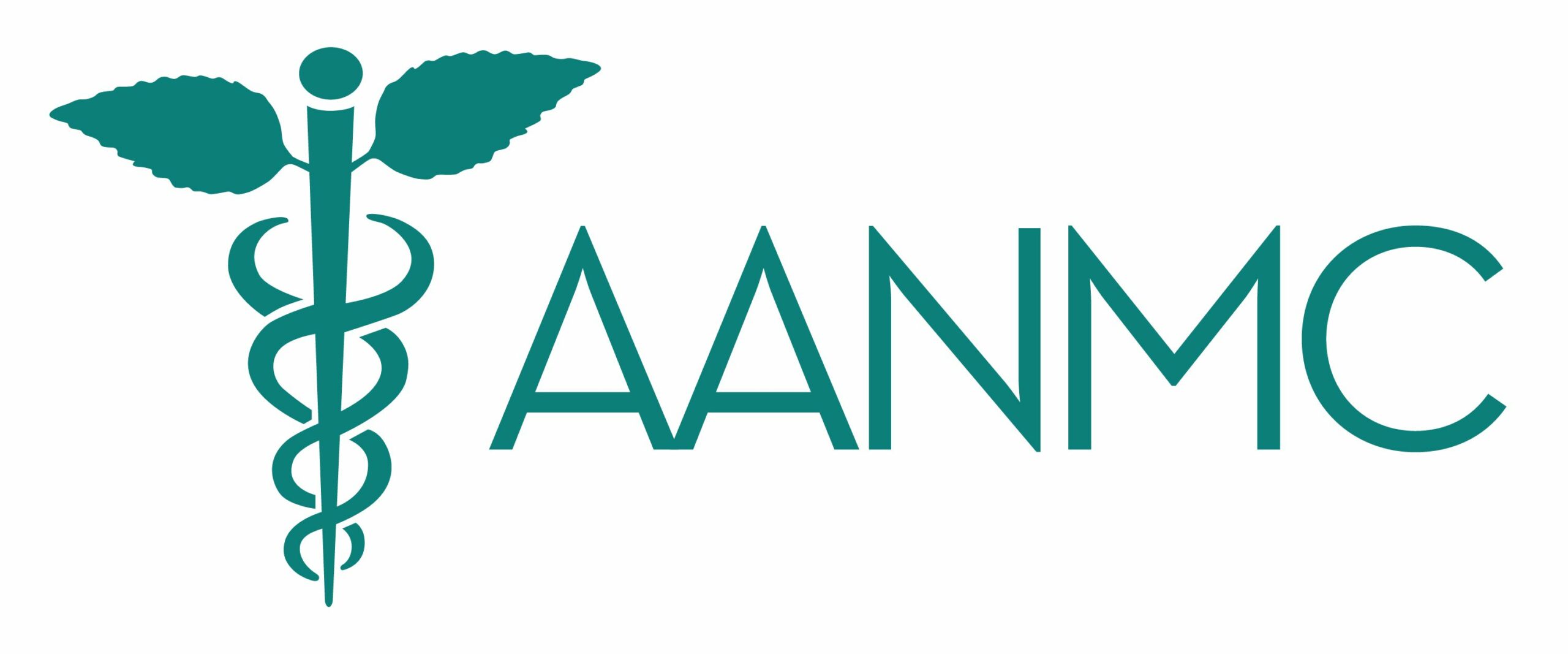Sage is an herb commonly used in savory dishes to amplify flavor, but did you know it also packs powerful health benefits?
Health Benefits of Sage
Boosts Oral Health
Studies show that sage may be beneficial to oral health. 1 The biochemical makeup of sage has antimicrobial properties which may be effective in killing Streptococcus mutans, a bacteria that causes tooth decay. 2
Research also indicates that sage may help heal gum infections, mouth ulcers, throat infections, and dental abscesses. 3 Further studies need to be conducted to confirm this, but sage seems to display a number of benefits to oral health.
Antioxidants
One of the most beneficial aspects of sage can be attributed to its antioxidants. Antioxidants have been shown to help prevent a number of age-related diseases by neutralizing free radicals. 4, 5
Help Reduce Hot Flashes
Many people find sage helpful for relieving menopausal symptoms, particularly hot flashes. 6 In one study, menopausal women taking a daily sage supplement experienced a significant reduction in both the frequency and intensity of hot flashes over an eight-week period. 7 This is because sage contains compounds that mimic estrogen, and a decrease in estrogen levels is often the culprit in hot flashes during menopause. 8
To reap the health benefits of sage, you can take it in supplement form, brew it into a tea, or use it fresh in recipes like the one below.
Cannellini & Sage Caprese
Classic caprese salad is brought to a new level with the addition of sage and cannellini beans. Creamy, nutty cannellini beans and bold caprese flavors complement each other in this refreshing and filling salad. Full of micronutrients, beans are also a great source of folate, fiber, and protein.
Recipe courtesy of Bastyr University
Ingredients
- 1 cup dried cannellini beans
- 2 cloves garlic
- 1 sprig fresh sage
- 2 tbsp. extra-virgin olive oil (divided)
- 1 tsp. salt (divided)
- 2 cups cherry tomatoes, cut in half
- 1 cup cherry-sized fresh mozzarella balls, cut in half
- 1⁄2 cup chopped basil
- 1 tbsp. balsamic vinegar
- Black pepper to taste
Instructions
First cook the beans. Rinse and pick over the dried beans, tossing out any that are split or damaged. Put beans in a wide-bottomed pot with cold water to cover by 2 inches. Let the beans come to a low simmer. Meanwhile, add the garlic, sage, and 1 tablespoon of the oil. Cook at a low, gentle simmer until the beans are tender and smooth, 60-90 minutes. Remove from heat. Remove the sage, add 1/2 teaspoon salt, and let cool.
To assemble the salad, drain and rinse 3 cups of the cooked, cooled beans. Place in a serving bowl with the tomatoes, mozzarella, and basil. Toss gently, then garnish with the remaining olive oil and the balsamic vinegar. Add the remaining salt if needed, and black pepper to taste. Enjoy.
If you are interested in pursuing a career in the healing capacity of food and other natural health practices, naturopathic medicine may be a good fit for you.








